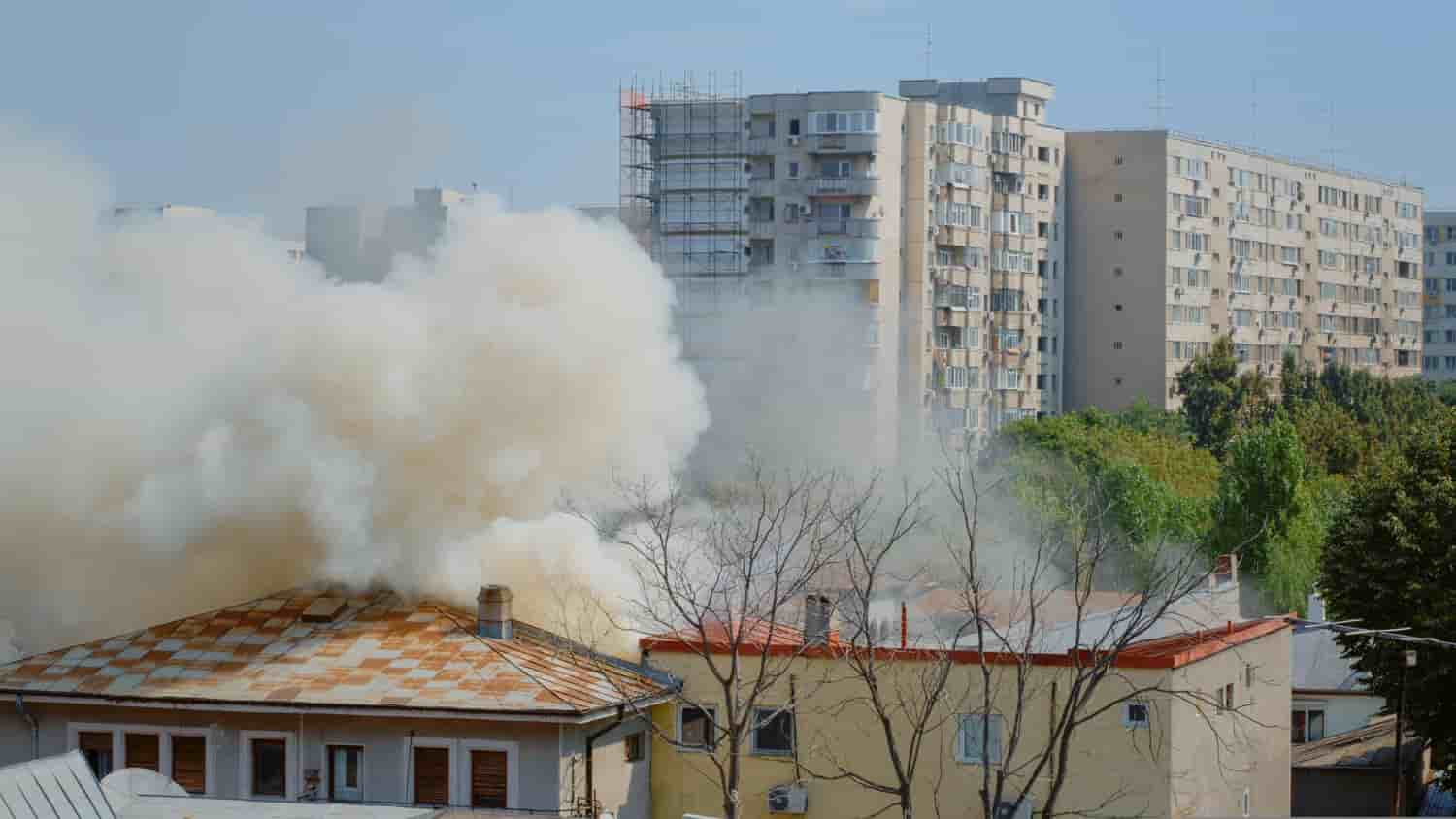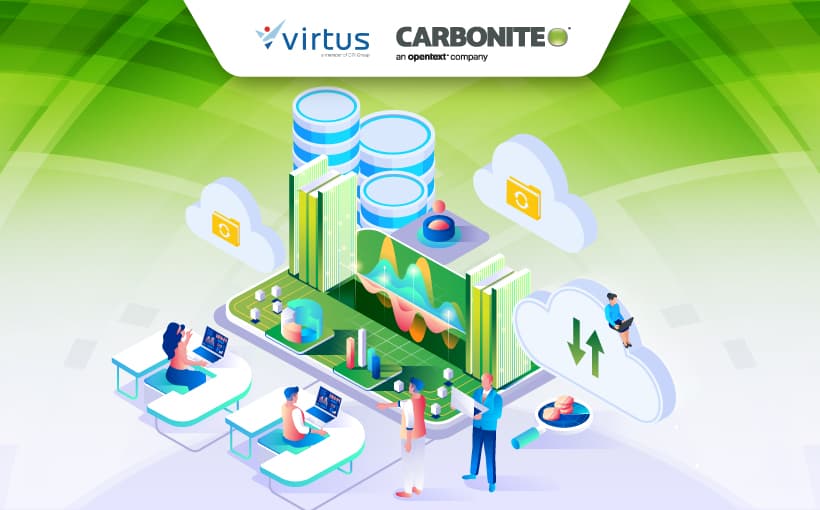The company's attempts to lessen the effects of natural catastrophes, disasters brought on by human error (such as fires), cyberattacks, and other unforeseen events include the Disaster Recovery Plan (DRP). DPR is increasingly a crucial necessity for small and medium-sized organizations (SMB/SMEs), not only enterprise-scale businesses.
DRP can offer further advantages so that business activities are not hampered, in addition to reducing downtime-related losses to the company. Companies must be aware of the procedures for developing a DRP to implement a disaster recovery plan properly and when required.
In contrast to enterprises, small and medium-sized companies (SMB) have unique difficulties while implementing DRP. For information on how to establish a disaster recovery plan for small and medium-sized organizations, read more in this article.
What is Disaster Recovery?

A disaster recovery plan (DRP), according to Techopedia, is a company strategy that details how operations might resume promptly and successfully in the event of a catastrophe. Hypr clarified that DRP is a set of actions the company will take to guarantee regular business operations following a disaster that might impair the operation of the business.
While the DRP and Disaster Continuity Plan (BCP) are similar, the DRP is more focused on the actions performed and the style of recovery once a business happens. DRP is essentially a component of the BCP that is applied to the business side to maintain the functionality of the IT infrastructure.
DRP will assist in resuming company activities to recover any lost data and business functionalities. Overall, DRP will create a strategy to make sure the department can recover data and system functioning so that business activities may restart with little disruption.
Read more: What Is Ansible Automation and How It can Automate Your IT
9 Easy Steps to Develop Disaster Recovery Plan

Companies must thoughtfully and thoroughly plan for a disaster recovery plan (DRP) to ensure that they do not interfere with normal company operations in the event of a natural catastrophe or cyberattack. FEMA estimates that, compared to large firms, between 40 and 60 percent of disaster-affected small businesses never reopen.
This is undoubtedly different from big businesses, which have more time and money to prepare for and endure calamities. Prior to their businesses being devastated by the tragedy, many small firms lacked a DRP strategy. For that reason, it is crucial for small firms to develop and maintain DRP using the simple procedures below.
1. Create an Emergency Response Plan
Make sure small companies can prioritize vital tasks in the case of a crisis so that the loss of assets, stock, and other properties is avoided. Additionally, make sure there is a system for the authorities to follow when deciding who to call, such as the company owner and the IT staff (if any). After that, you can begin making decisions and developing your protocol by delegating tasks and conducting frequent training sessions to ensure that staff members are aware of their specific DRP obligations.
2. Develop a Business Continuity Plan
Make sure small companies can prioritize vital tasks in the case of a crisis so that the loss of assets, stock, and other properties is avoided. Additionally, make sure there is a system for the authorities to follow when deciding who to call, such as the company owner and the IT staff (if any). After that, you can begin making decisions and developing your protocol by delegating tasks and conducting frequent training sessions to ensure that staff members are aware of their specific DRP obligations.
3. Review Your Insurance Coverage
Any size of business needs has insurance. But not all commercial insurance will be useful in the case of a catastrophe. Due to this, company owners should consider any policies that might help them avoid losing money in the case of a catastrophe. You may typically get supplementary insurance to safeguard your company against specific catastrophic risks like floods or earthquakes if your current policy doesn't cover it. Disaster damage add-ons are also available for purchase.
4. Stockpile Essential Supplies
Start preparing emergency supplies that staff members may carry in the event of a calamity that could jeopardize their safety, such as bottled water, first aid kits, cash, device chargers, and other crucial goods. Also think about making an investment in backup systems, such as communication or supplementary resources, that can easily access data and continue running your business as usual.
5. Compile Important Contact Information
Start compiling a list of crucial people to call, including local emergency management agencies, significant clients and customers, suppliers, merchants, realtors, lenders, insurance agents, and representatives from insurance companies handling claims.
6. Create a Communication Strategy
Use any available medium to communicate with consumers and clients. ranging from internal newsletters and social media outlets to newspaper notices in the neighborhood or phone calls to clients.
7. Report Losses to the SBA
The Small Business Administration (SBA) offers guidance, tools, and support to help small and medium-sized businesses repair or replace broken or destroyed equipment.
8. Discuss Logistics with Your Suppliers and Clients
Disasters that interrupt the supply chain can also have an impact on your company' vendors or suppliers. Likewise, if your company serves as a supplier to other businesses. In order to prevent any client firm from having to cease operations for an extended period of time, be sure to establish contact with both spearheads of the supply chain regarding their disaster readiness and identification of backup solutions.
9. Duplicate and Backup Records and Data
Make sure you have the most recent copies of any crucial records, contracts, data, and documents, and keep them securely on the cloud rather than in a physical location. A backup and disaster recovery (BDR) solution may also be a BDR system to protect data against hardware malfunctions, cyberattacks, and natural catastrophes. The best method for businesses to safeguard the sensitive and important data of their clients is to offer secure backup and quick data recovery.
DRP Solution from Carbonite
Carbonite offers a disaster recovery plan service, called DRaaS, to assist SME businesses stay operating and swiftly recover crucial data in the case of a disaster. When a disaster strikes, DRaaS works by backing up data to the cloud via a push-button cloud failover. Without incurring additional infrastructure expenditures, Carbonite Availability will offer security that meets the demands of SME businesses.
It's interesting to note that Carbonite Availability will offer high availability with minimal costs so that SME businesses may prevent costly downtime and operational delays brought on by unanticipated disasters. By securely replicating crucial systems to the cloud and then delivering up-to-date backups for failover on-the-fly, Carbonite Availability lowers the chance of unplanned downtime. The following are Carbonite DRaaS's main features
– In minutes and seconds, recovery time and restore point.
– Multi-tiered application orchestration, boot sequence, and failover scripting.
– The discovery of automated systems in your workplace.
– Self-service testing to prevent disruption of operational systems.
– Optimized bandwidth for minimal network impact.
– Internal encryption in flight-mode and the rest mode.
– Reputable and distinguished round-the-clock client service.
– A fully managed services DRaaS solution and optional professional service assistance from the first implementation and testing process.
Under some circumstances, Carbonite DRaaS is more dependable than other DRPs. Here are some situations where Carbonite DRaaS thrives and is trustworthy.
– A problem arises so you can quickly switch to a backup copy with a few clicks.
– Cloud-based replication is easily accessible and can be set up within a few of minutes.
– Up-to-date data is accessible, and quick recovery ensures that business services are not disrupted.
– It is simpler to restore the primary system.
Get Disaster Recovery Plan from Carbonite at VTI
It's time for businesses to implement a disaster recovery strategy to prevent downtime, reduce losses, and disrupt operations caused by natural disasters, cyberattacks, and unforeseen breakdowns. By making it simple to restore crucial data, Carbonite Availability will make sure that businesses of all sizes can handle typical disaster-related issues.
Get a Disaster Recovery Plan service from Carbonite from At Virtus Technology Indonesia (VTI). With the Carbonite Availability service, Virtus, an official Carbonite partner, can assist you in preventing downtime-related losses. With the assistance of Carbonite Availability solutions, a qualified, knowledgeable, and Virtus-certified IT team will assist you in preventing additional losses brought on by unanticipated calamities.
The Virtus team will assist you in putting a DRP solution into place, from consultation to ongoing support. For more details about Carbonite, please contact our team at marketing@virtusindonesia.com.
Author: Ervina Anggraini
Content Writer CTI Group



























